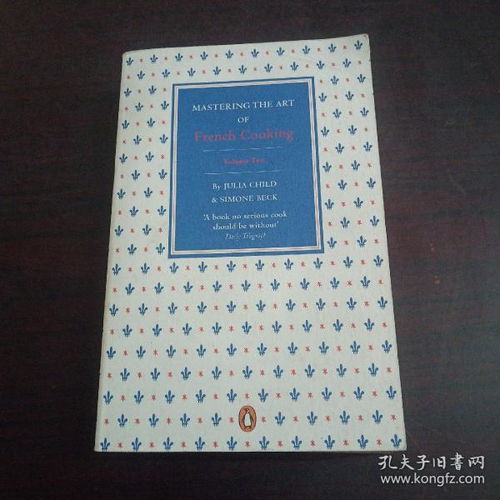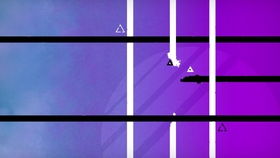Content:
In the world of angling, mastering the art of fishing with a two-bead float can be a game-changer. This simple yet effective tool can help you detect even the slightest movements of your bait, leading to more successful catches. Whether you're a seasoned angler or a beginner looking to improve your skills, understanding how to use a two-bead float effectively is crucial. Let's dive into the ins and outs of this technique.
Understanding the Two-Bead Float
First, let's clarify what a two-bead float is. It's a type of fishing float that consists of two beads, one at the top and one at the bottom. The top bead serves as an indicator, showing you when your bait has been taken, while the bottom bead helps to keep the float upright in the water.
Choosing the Right Float
The first step in mastering the two-bead float technique is to choose the right float for your fishing conditions. Consider the following factors:
Size: The size of your float should be proportional to the size of your bait and the depth of the water. Larger floats are better for deeper waters and heavier baits, while smaller floats are ideal for lighter baits and shallow waters.
Density: The density of the float should be such that it remains upright in the water. Too dense, and it will sink; too light, and it will float too high.
Visibility: A float with good visibility is essential, especially in murky waters or during low-light conditions.
Setting Up the Float
Once you've chosen the right float, it's time to set it up. Here's a step-by-step guide:
Attach the Line: Thread your fishing line through the bottom bead of the float and secure it with a knot. Make sure the line is taut but not overly tight.
Add Weight: Attach a weight to the line below the float. The weight should be enough to keep the float upright but not so heavy that it pulls the bait down too quickly.
Adjust the Length: The length of the line between the float and the bait should be sufficient to allow the float to move freely without interference from the bottom or vegetation.
Attach the Bait: Tie your bait to the line below the weight. Ensure it's securely attached and won't come loose during the cast.
Fishing with the Two-Bead Float
Now that your setup is ready, here's how to fish with the two-bead float:
Cast: Cast your line out into the water, ensuring that the float is in the correct position. The top bead should be visible on the surface.
Wait: Allow your bait to settle at the desired depth. Depending on the type of fish you're targeting, this could take anywhere from a few seconds to several minutes.

Watch the Float: Keep a close eye on the float. If it moves or tips over, it could indicate a bite. However, be patient and avoid setting the hook prematurely, as fish may take a few moments to engulf the bait.
Set the Hook: When you see a definite movement or tip of the float, gently pull back on the line. If you feel resistance, it's likely a fish. Set the hook firmly and play the fish to the shore.
Advanced Techniques
Once you've mastered the basics, you can experiment with more advanced techniques to improve your chances of catching fish:
Trolling: Attach the float to a moving boat and use the current to bring the bait to the fish. This method is particularly effective for catching species like bass and trout.
Sight Fishing: In clear waters, you can use the float to sight fish. By watching the float, you can detect the presence of fish and adjust your bait accordingly.
Adjusting the Float: If you're not getting bites, try adjusting the float. You can change the weight, the length of the line, or the position of the float to see what works best.
In conclusion, fishing with a two-bead float is a skill that takes practice to master. However, with patience and persistence, you can improve your technique and enjoy more successful fishing trips. Remember to choose the right float, set it up correctly, and watch the float closely for any signs of movement. With these tips in mind, you'll be well on your way to becoming a proficient angler using the two-bead float technique. Happy fishing!












